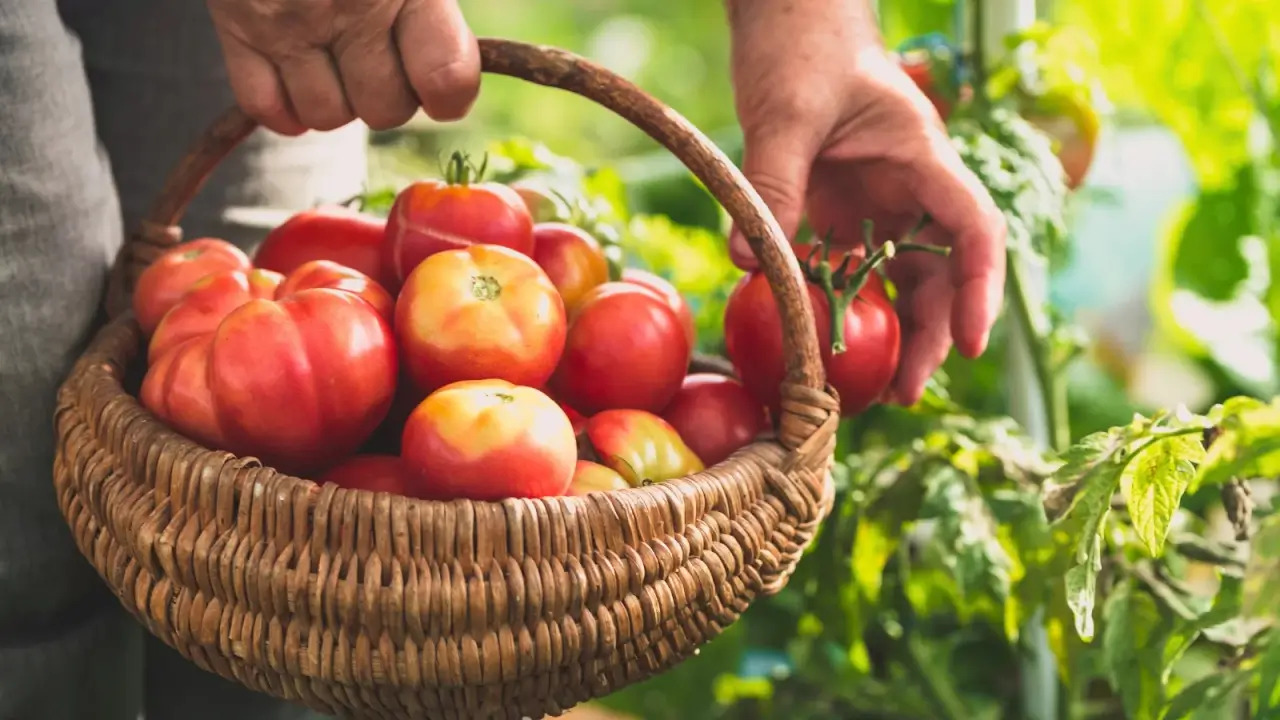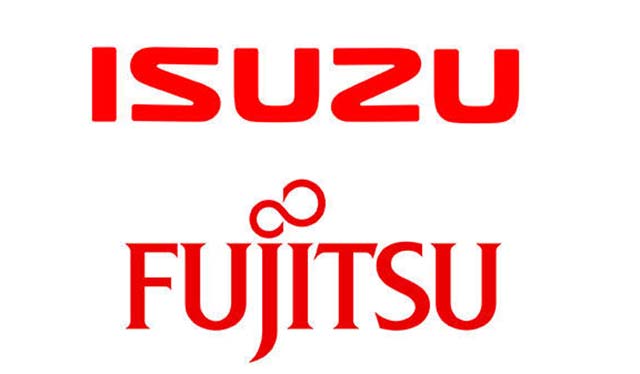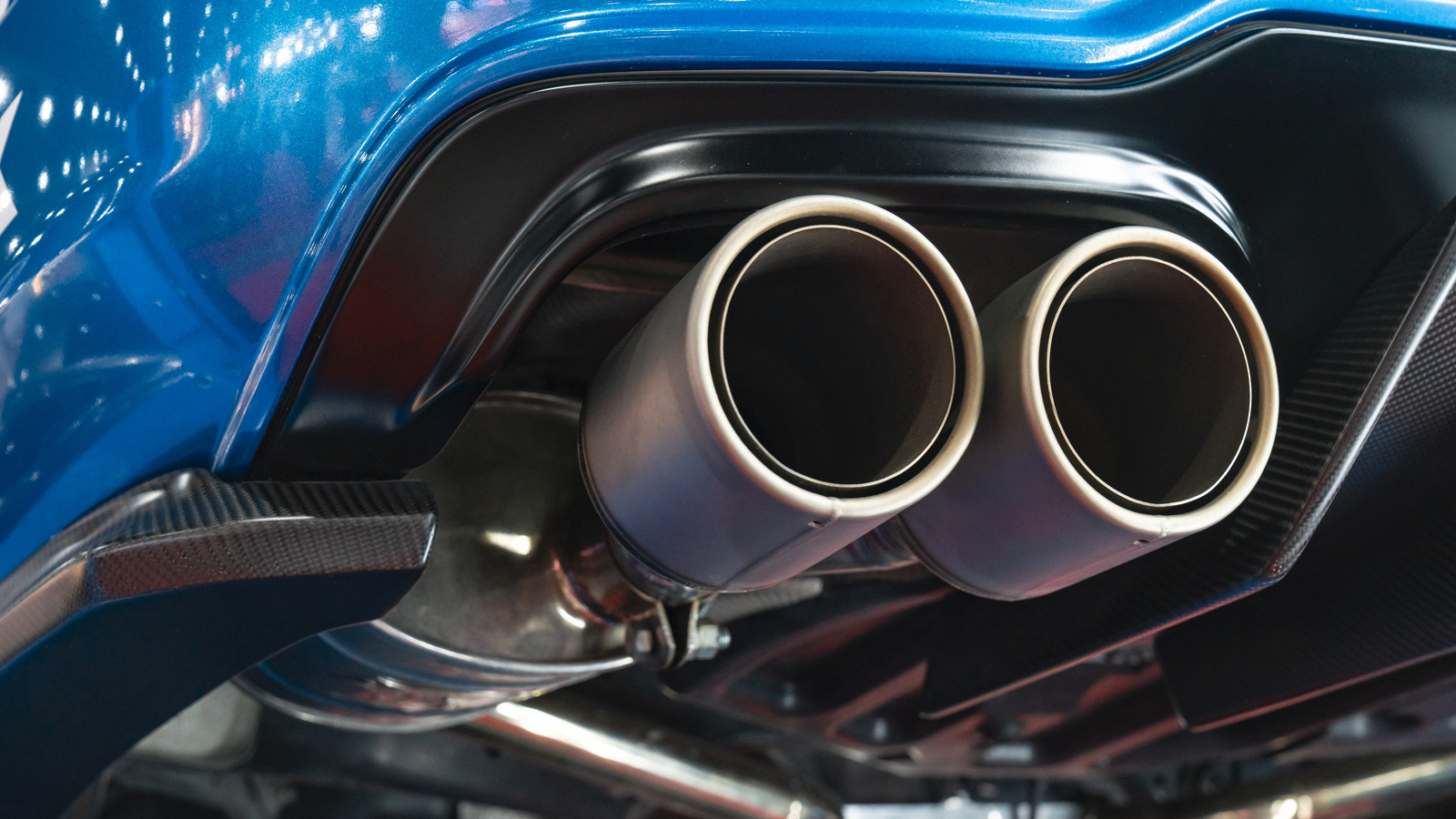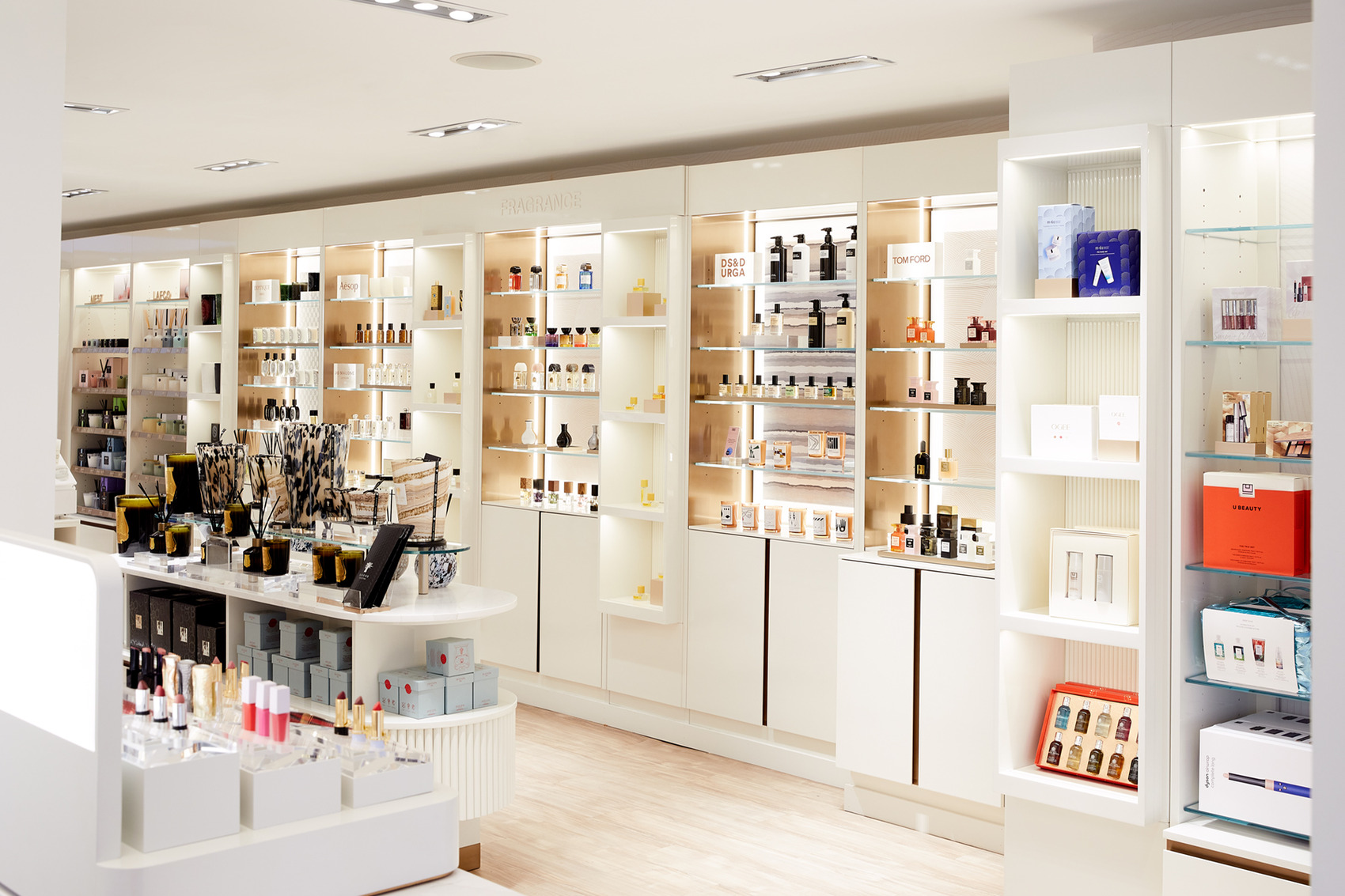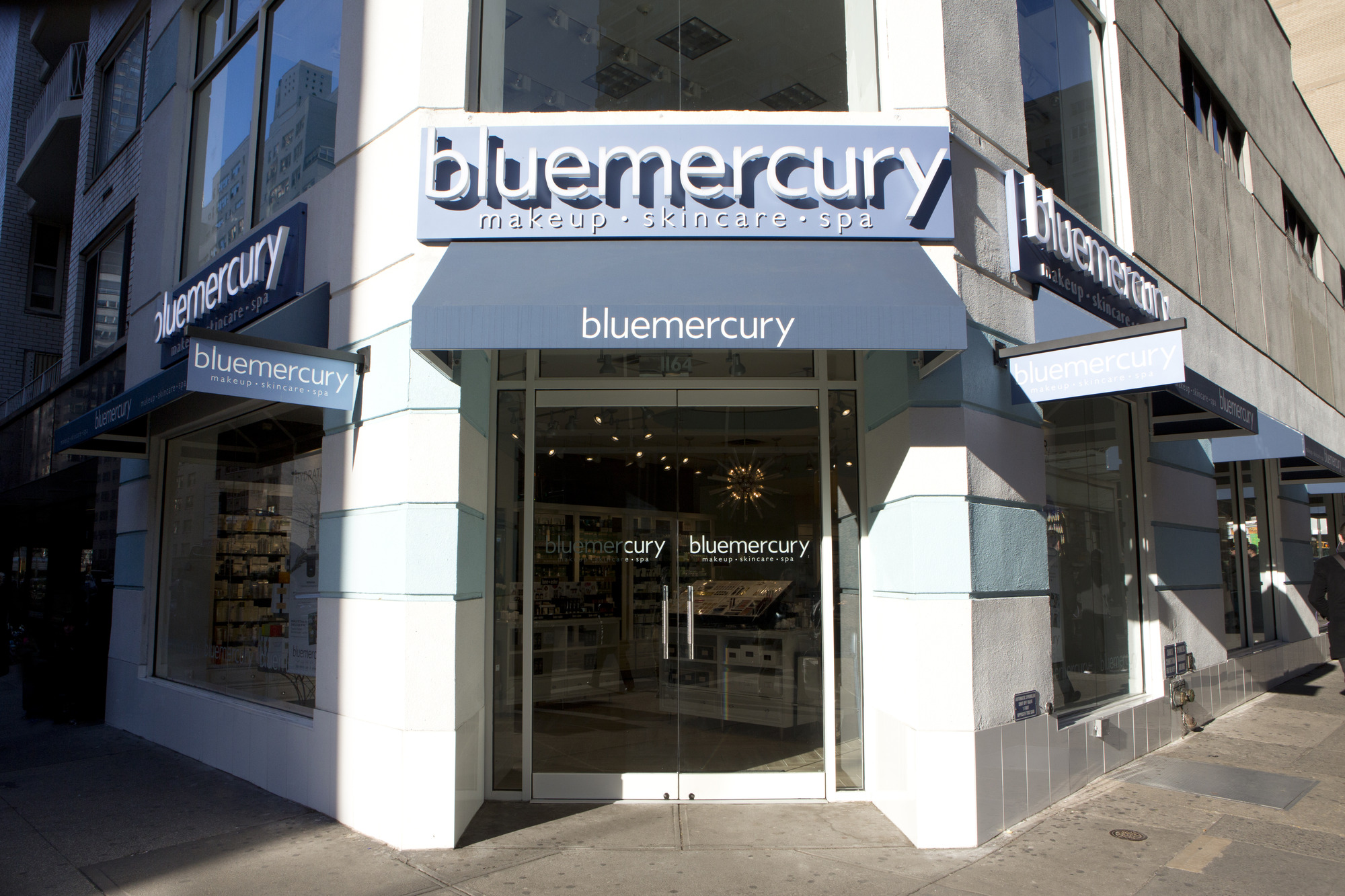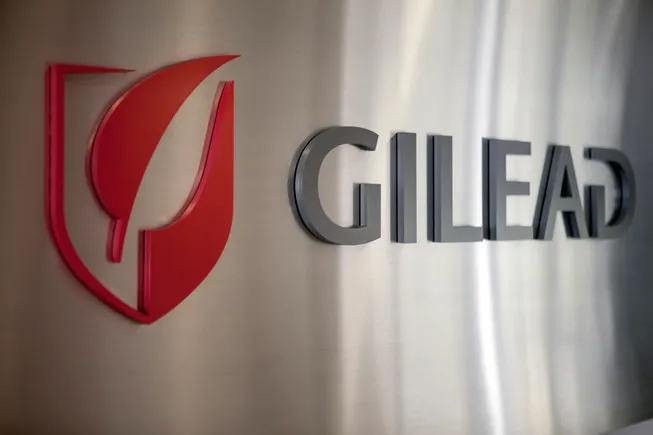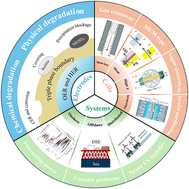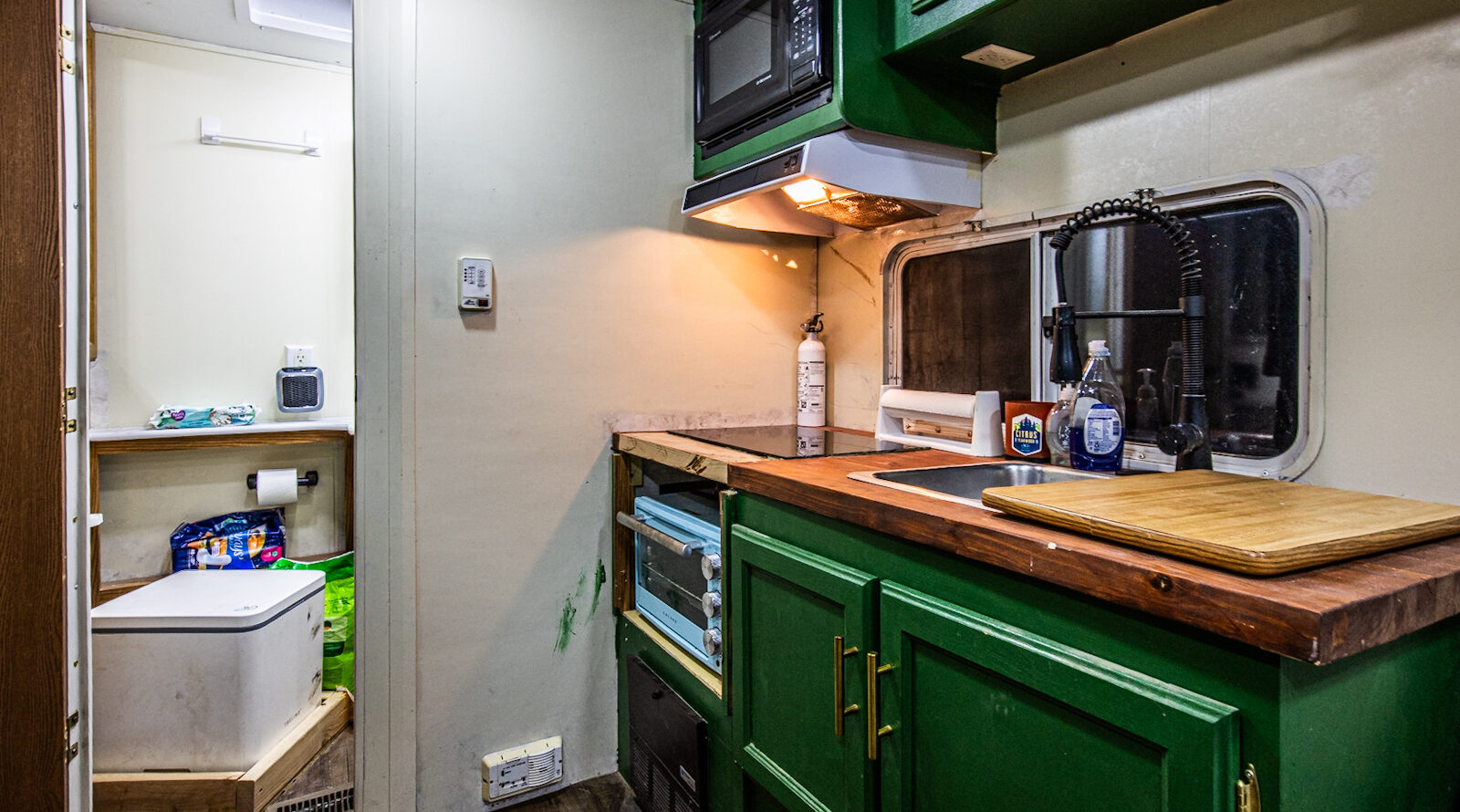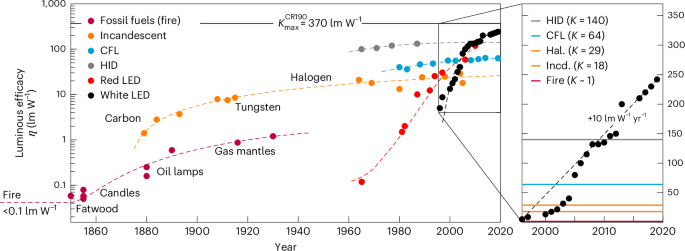The UK’s independent breweries are facing “heavy headwinds” with nearly half making “survival” their main goal, according to a new report.
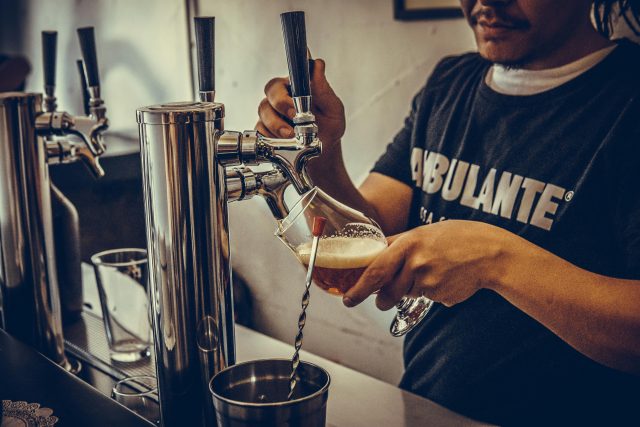
The data published today by the Society of Independent Brewers and Associates (SIBA) shows that whilst demand for independent beer remains strong, UK brewers face challenges from increased taxation, market access restrictions and reduced alcohol consumption.
Almost a third of indie breweries expect turnover to fall
The report, which brings together industry insight and consumer polling to provide an authoritative assessment on the state of independent brewing in 2025, has shown that whilst average production climbed 10% last year, 46% of independent brewers say their main priority is survival and almost a third (29%) expect turnover to fall.
The average production of independent breweries last year climbed 10%, compared to an overall beer sector where national beer sales are down 1% since last year and now stands 6.6% below pre-pandemic levels. For independent breweries the increasing popularity of porters, stouts, craft lagers and no and low alcohol beers has, according to the research, helped to drive growth.
Despite these wins, at the same time, the number of independent breweries fell by 5.5%, with around 100 closing their doors and others merging to survive, with pubs and hospitality venues continuing to close across the nation.
The threat of the big global beer brands
Assessing the evidence, SIBA admitted that it was indeed the bigger global breweries that were stopping smaller breweries gain a route to market. The figures showed that beer drinkers are demanding a local product, with more than three quarters (77%) saying it is important for pubs to offer a range of beers from local breweries. And 56% of beer drinkers say they would be more likely to choose a beer if it was locally produced. Yet independent brewers report being unable to sell to on average 60% of the pubs local to their brewery. Eight in 10 brewers surveyed admitted that it was the lack of access to beer lines as the top barrier to sales and growth.
SIBA CEO Andy Slee explained: “Current global trade anxiety and tax changes in the UK are making it a challenging market and indie brewers can’t get their foot in the door to get their beers to the customer. Our members currently have around 6% of the market and where they are allowed to compete against global breweries they could have 30% market share. This lack of access means that beer drinkers are missing out, indie breweries are facing heavy headwinds to growth meaning fewer jobs are being created.”
Slee suggested that the consumer was really missing out because “time and time again, the research shows that there is high demand for the innovative, interesting and tasty beers that indie brewers are best at making. Our members are great at adapting to changing tastes and have increased the number of stouts, lagers and nolo beers on offer” but lamented that things were still playing out in this way.
The question of whether independent breweries have enough presence in pubs was brought into focus by the drinks business last November after a series of interviews heard from voices from across the sector describing the issue.
In response to the outcries, SIBA responded quickly and, as such,
beer drinkers can now discover which beers are from independent breweries in pubs, bars, and shops, thanks to the new Indie Beer campaign which also created
a handy brewery checker map to help people find the truly independent producers. The campaign also saw a "phenomenal"
start this month during its inaugeral Indie Beer Week celebrations.
A fight to stay relevant and invest in the sector
YouGov polling, commissioned by SIBA, has revealed that less than half (47%) of all consumers were drinking beer and as few as 28% of 18-24 year old beer drinkers, highlighting the work the sector still needs to do to remain releant. The statistics showed that more and more people were choosing not to drink alcohol at all, with 21% of all consumers increasing to 36% within the 18-24 year old age bracket.
The research shows that the volatile trading environment had a knock on effect on the sector with 80% of breweries surveyed making no major investments in their business last year. Amidst this, breweries continue to create more than 500 jobs this year, a dip from last year’s nearly 800 jobs.
Responding to trends
With average production amongst independent brewers increasing, it is stouts, lagers and no/low alcohol that is leading the way, with 24% on average now going into keg beers.
The findings also showed how quickly breweries responded to trends with 80% of brewers now producing a stout or a porter with CGA data showing a 121% increase in “craft stout” value in pubs and bars last year. Added to this, trends for lager also saw the beer style make second place amongst brewers this year, with 60% now producing lagers, suggesting that independent breweries are now making some inroads into a market usually dominated by big global brands.
With 14% of drinkers now opting for no/low products, independent brewers are also increasing adding them to their range, with 15% now making a non-alcoholic beer compared to 8% last year. Plus, 28% of independent breweries now produce a gluten free beer in response to around 10% of the UK population following a gluten free diet.
Reduced turnover and a drop in exports make local commuity support crucial
Looking at the findings in totality, the demand for independent beer remains strong with average production in 2024 up 10% on 2023. However, with a 5.5% fall in the number of breweries last year, with around 100 closing and 29% also expecting turnover to decrease for the financial year to April 2025, things are still looking challenging.
In terms of livelihood, the figures are also galling with 68% of brewers having a turnover below £250,000 and 75% under a million pounds, reflecting how trialling it has become to make the businesses profitable.
There has also been a noted fall in exports from 17% to 12% of breweries with only 1% of beer production being sold abroad. Looking closer to home has become fundamental for most and 96% said that their relationship with their community is “important”, with 80% saying it is “very important” or “extremely important”.

 The data published today by the Society of Independent Brewers and Associates (SIBA) shows that whilst demand for independent beer remains strong, UK brewers face challenges from increased taxation, market access restrictions and reduced alcohol consumption.
The data published today by the Society of Independent Brewers and Associates (SIBA) shows that whilst demand for independent beer remains strong, UK brewers face challenges from increased taxation, market access restrictions and reduced alcohol consumption.






